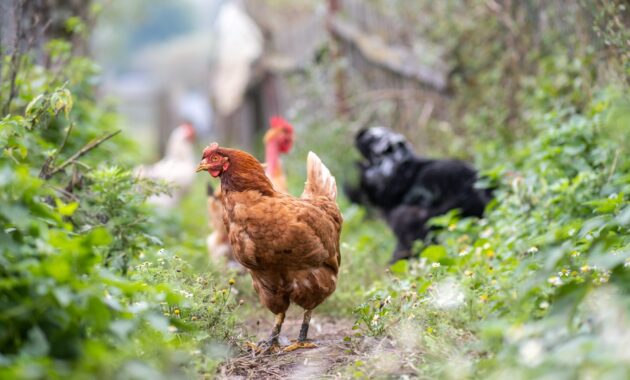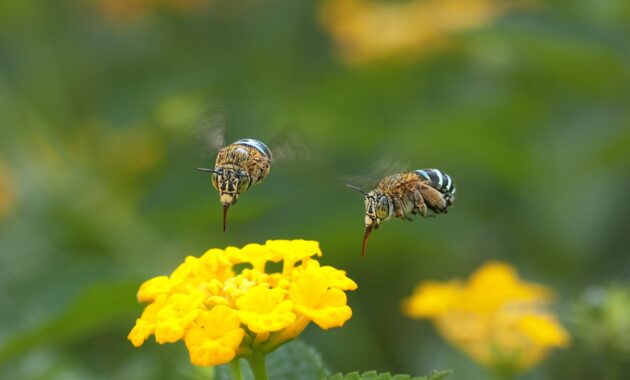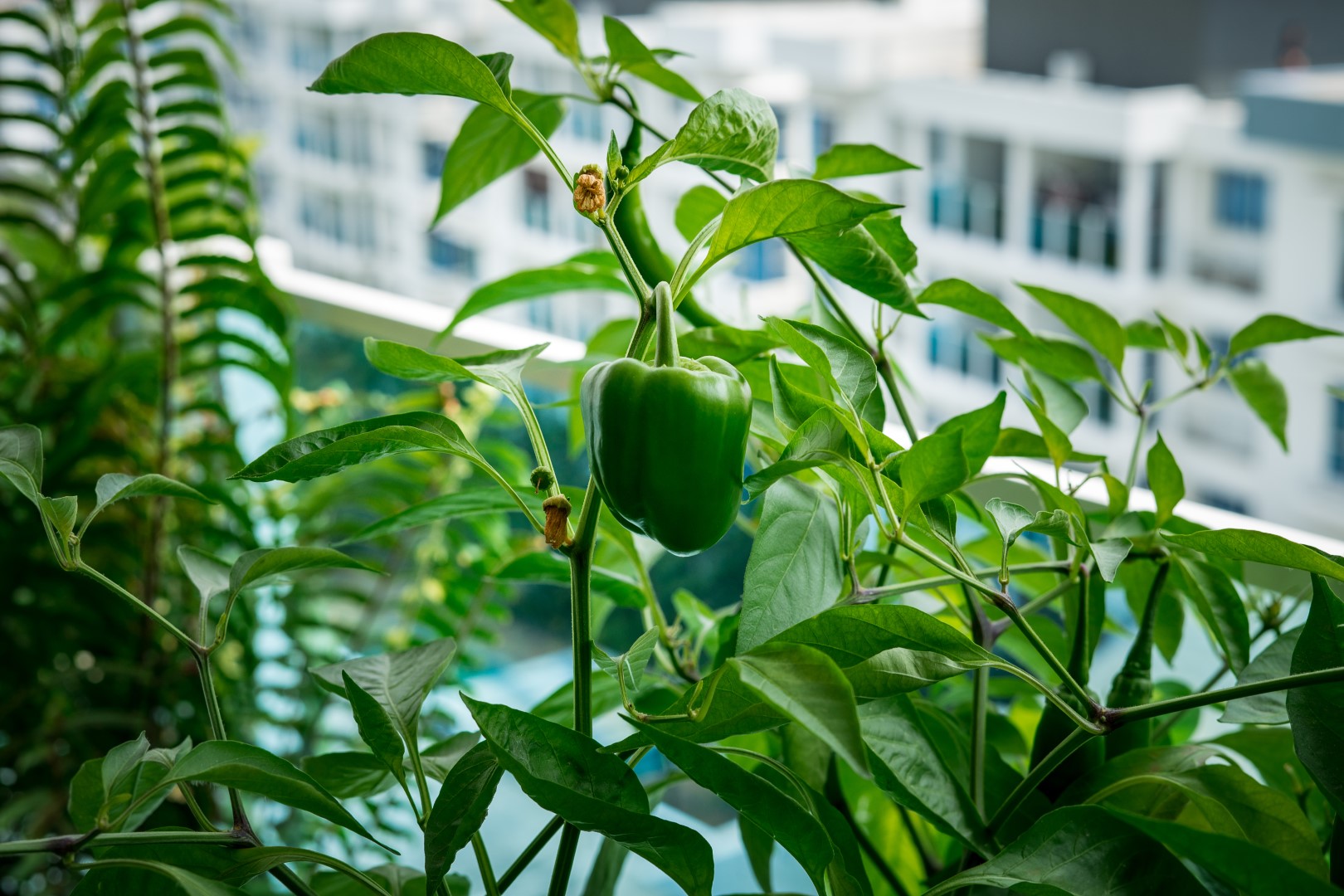Embracing sustainable home design meets urban farming as city dwellers revolutionize their living spaces. These innovative methods aim to produce food, promote biodiversity, conserve resources, and reduce waste. This guide explores 10 exciting design concepts that integrate urban farming into our modern homes, helping us live more sustainably in the heart of the city.
1. Rooftop Gardening: A Green Oasis in the Sky
A rooftop garden makes for an excellent oasis amid the urban jungle. Not only does it provide fresher air and a cooler temperature, but it also offers an opportunity for growing your own food. Strategically designed rooftop gardens can make good use of space, benefit the local climate, and provide habitat for local wildlife.
Creating a rooftop garden involves several key steps. First, assess your roof’s load capacity with a structural engineer, ensuring it can safely handle the weight. Next, install waterproof membranes to prevent water damage. Then, establish an effective drainage and irrigation system tailored to your climate and choice of crops.
Finally, choose plant species that fit your rooftop’s sunlight exposure and weather conditions. By taking these considerations into account, you’re well on your way to cultivating a thriving rooftop garden.
2. Vertical Farming: Maximize Your Space
In an urban setting, space is often the greatest limitation. Yet, vertical farming flips this challenge on its head by using vertical spaces for cultivation. Vertical farming systems can range from simple wall-mounted planters to complex hydroponic towers.
Incorporating vertical farming into your home begins with assessing your available vertical spaces, such as walls, fences, or balcony railings. Choosing the right vertical system comes next, with options including wall-mounted planters, stacked pots, tower gardens, or trellises. Not all plants are suited for vertical growth; choose shallow-rooted plants like lettuce, herbs, and strawberries.
Lastly, maintaining a healthy vertical garden requires regular care, including ensuring sufficient watering, nutrient supply, and weed and pest control. Be cautious about choosing the products to use in your garden. Some may have serious adverse effects on humans, like the Roundup weed killer involved in several lawsuits.
3. Window Farms: Bringing Nature Indoors
A window farm offers a solution for urban dwellers lacking outdoor space for gardening. Using hydroponics—a method of growing plants without soil—these vertical indoor gardens maximize light from windows to grow food.
Setting up a window farm entails a few key steps. Begin by identifying a window in your home that receives abundant sunlight; typically, south-facing windows are ideal. Following that, select whether to build your own system using DIY kits and guides available online or purchase a pre-made one.
When choosing plants, aim for those that thrive in hydroponic conditions, which typically include herbs, leafy greens, or even small fruit-bearing plants such as strawberries or tomatoes. Lastly, routine monitoring and maintenance are crucial for a flourishing window farm. This includes checking water levels, adjusting nutrient amounts, and regularly inspecting for disease or pests.
4. Urban Poultry: Raising Chickens in the City

Urban poultry farming isn’t just for fresh eggs. Chickens can contribute to pest control, waste reduction, and soil improvement by eating food scraps and producing rich fertilizer.
Embarking on urban poultry farming necessitates careful consideration and planning. First, it’s vital to check local regulations to ensure that rearing chickens in your area is permitted and be aware of the rules regarding flock size, coop specifications, and similar concerns. After confirming legality, research suitable chicken breeds and find a reputable supplier to get healthy live baby chicks. Some adapt better to confined spaces and yield higher egg production.
Next, invest time and resources in constructing a secure coop. This provides your chickens with a safe space to roost, lay eggs, and stay protected from predators. Lastly, chicken upkeep is vital. This involves regular coop cleaning, provision of chicken feed and fresh water daily, and ensuring they have sufficient space for roaming.
5. Aquaponics: An Ecosystem within Your Home
Aquaponics is a symbiotic gardening method that combines conventional aquaculture (raising aquatic animals) with hydroponics (growing plants in water). This revolutionary system recycles the waste produced by fish as nutrients for plants, which in turn, cleans the water for the fish.
Aquaponics systems are perfect for urban spaces since they require less space and have lower water needs compared to traditional land-based gardening. You can purchase ready-made systems or, with a little ingenuity, repurpose household items. When setting up a home aquaponics system, remember to choose suitable fish and plants, ensure a proper pH balance, and regularly test and monitor the water quality.
6. Raised Bed Gardens: An Earth-Friendly Choice
Raised bed gardening is an excellent way to grow plants in urban areas with limited space. These convenient beds allow you to control soil quality and improve water drainage, reducing the risk of soilborne diseases. Raised beds can be constructed from a variety of materials, such as brick, stone, or untreated wood.
When creating your raised bed garden, choose a sunny, flat area and ensure the size of the bed allows for easy access. Fill the bed with a quality soil mix, leaving room for the plants’ roots to breathe. You can plant an array of fruits, vegetables, and flowers in these elevated garden boxes, and they are especially ideal for root vegetables that need deep, loose soil. Enjoy the fruitful rewards of this earth-friendly gardening solution.
7. Indoor Composting: Waste Reduction and Soil Enrichment
Indoor composting offers several advantages. It enriches the soil of your home garden and promotes waste reduction. With indoor composting, you can utilize organic kitchen scraps like vegetable peels, fruit skins, coffee grounds, and eggshells. Beware of composting meat, dairy, or oily products, as they can create an unpleasant smell and attract pests.
Easy to maintain, indoor compost bins are designed to keep odors at bay while fostering an environment conducive to composting. The resulting compost can then supplement your indoor plants or be added to your rooftop, window farm, or raised bed garden. It’s a beneficial cycle that supports your home garden and the larger environment.
8. Rainwater Harvesting: Conservation and Irrigation
Rainwater harvesting is an eco-friendly, cost-effective way of ensuring your urban garden plants get the hydration they need. This method revolves around collecting and storing rainwater for later use in garden irrigation, washing, or even toilet flushing.
The basic setup involves a collection area (like the roof), a runoff management system (e.g., gutters and downspouts), and storage options ranging from simple rain barrels to sophisticated cisterns. Make sure the water is clean and free from debris.
For gardening use, it’s advisable to filter and disinfect the stored rainwater. A well-managed rainwater harvesting system can directly contribute to water conservation and reduce your overall water bill.
9. Native Plants and Insect Pollinators: Supporting Local Ecosystems

Incorporating native plants into your urban garden enhances its aesthetic appeal and plays a crucial role in supporting local biodiversity. Native plants are adapted to local climates and soil conditions, meaning they typically require less water, fertilizer, and pesticides than non-native plants. Moreover, they provide a natural habitat for beneficial native insects.
Insect pollinators such as bees, butterflies, and beetles are vital to plant reproduction and overall ecosystem health. To attract these pollinators, plant a diversity of native flowering plants that bloom at different times, providing a consistent food source. Offering nesting sites, such as bee houses and hives or piles of leaves, can further support pollinator populations. Creating an urban garden with native plants and insect pollinators not only enriches your gardening experience but also contributes to a thriving, sustainable local ecosystem.
10. Solar-Powered Greenhouses: Powering Growth with the Sun
Solar-powered greenhouses are an innovative approach to sustainable urban gardening. These structures capture the sun’s energy to maintain a warm and stable environment ideal for plant growth, especially during colder months. Solar greenhouses are designed with an insulated north wall and a south-facing wall that allows natural sunlight to be absorbed and gradually released throughout the day.
Equipping your greenhouse with solar panels can further harness solar energy to power fans, pumps, and other essential equipment. When planning for a solar-powered greenhouse, consider the availability of sunlight, the types of plants you desire to grow, and the overall space requirements. Despite the initial investment, the long-term benefits of a solar-powered greenhouse, from energy savings to year-round plant production, make it a smart choice for dedicated urban gardeners.
Start Your Sustainable Urban Garden Today!
Embracing urban gardening practices enriches our lives, promotes sustainability, and nurtures local ecosystems. Whether you cultivate a rooftop oasis, harvest rainwater, or nurture a solar-powered greenhouse, each step contributes to a greener, more vibrant cityscape. From producing our own food to reducing waste, urban gardening empowers us to live more harmoniously with nature right in the heart of the city. Keep growing, learning, and transforming your urban spaces into thriving ecological havens. Happy urban gardening!
Discover more from Futurist Architecture
Subscribe to get the latest posts sent to your email.

![modern apartment [article_title]](https://www.futuristarchitecture.com/wp-content/uploads/2025/03/6-Sculptural-Hacks-to-Dry-Dishes-Like-Art-900x600.jpg)

